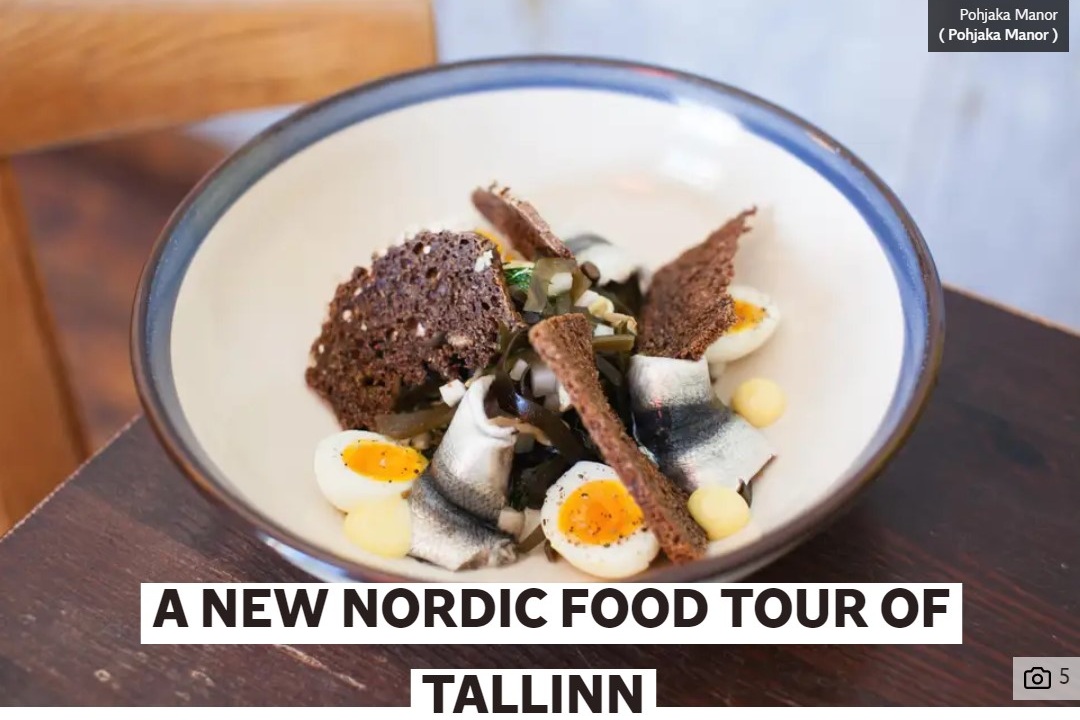On the stripped-pine table before me sits a glass bell jar. Chef Kaido Metsa lifts it and a cloud of wood smoke pours out to reveal a thick slice of almost-translucent raw white fish, topped with horseradish ice cream, pickled morel mushrooms and a scattering of foraged leaves.
I’m at Restaurant JUUR, near Tallinn’s Unesco World Heritage centre. Until a few years ago, fine dining was an alien concept in the small EU country bordered by Latvia, Russia and the Baltic Sea. Centuries of occupation by Denmark, Germany, Sweden and Russia – not to mention the Nazi and then Soviet Union rules of the 20th century – left Estonians with a diet of sauerkraut, rye bread and herring, an amalgamation of its neighbours’ cuisines.
But a new generation of chefs is spearheading an emerging food revolution in the capital and beyond, turning to the thick forest that covers 90 per cent of the country to forage for ramson berries, wild mushrooms and pine cones to be fermented and pickled just as their ancestors always did – regardless of occupying powers.
Beautifully plated and served in a Scandi-inspired space that’s all exposed brickwork and filament bulbs, the food at JUUR seems a clear nod to New Nordic cuisine – a Copenhagen-led movement led by Noma chef Rene Redzepi and characterised by immaculate presentation, foraged ingredients and a sustainable ethos. But at €60 for six courses, two-year-old JUUR offers a level of fine dining that’s not only radical in Estonia, but far more affordable than its Nordic counterparts – roughly five times cheaper than a meal at its Copenhagen counterpart.
“Salaries are low here but we’re getting more modernised and eating out more,” says Metsa, who grows vegetables, hand-makes crockery on a pottery wheel and sources 90 per cent of his ingredients within the border, advocating old-school methods as a way to celebrate Estonian food traditions.
“In the old times there weren’t refrigerators, Estonians had to cure or dry fish and meat,” he says. “Fermenting is the natural way of preserving. In the spring and autumn we gather berries and herbs and cure, dry and ferment them to use in the winter period.” Unlike in Germany or Denmark, these traditions never died down in Estonia. Cellars are still stocked with jams and pickles, and on crisp autumn days, cars line the forest edge where good mushrooms are known to grow.
But until recently, Metsa’s passion for his nation’s food culture wasn’t widely shared.
To read the full article, read the original post on The Independent’s website.
